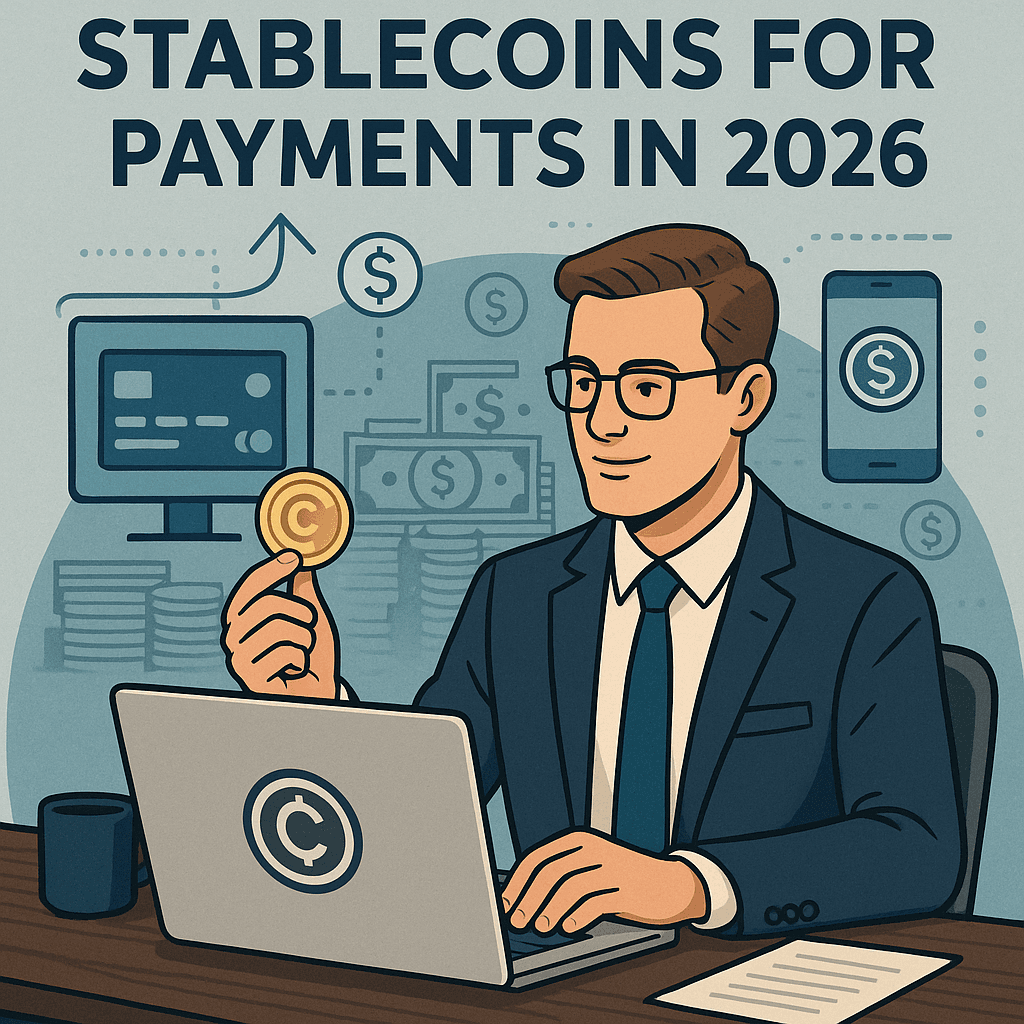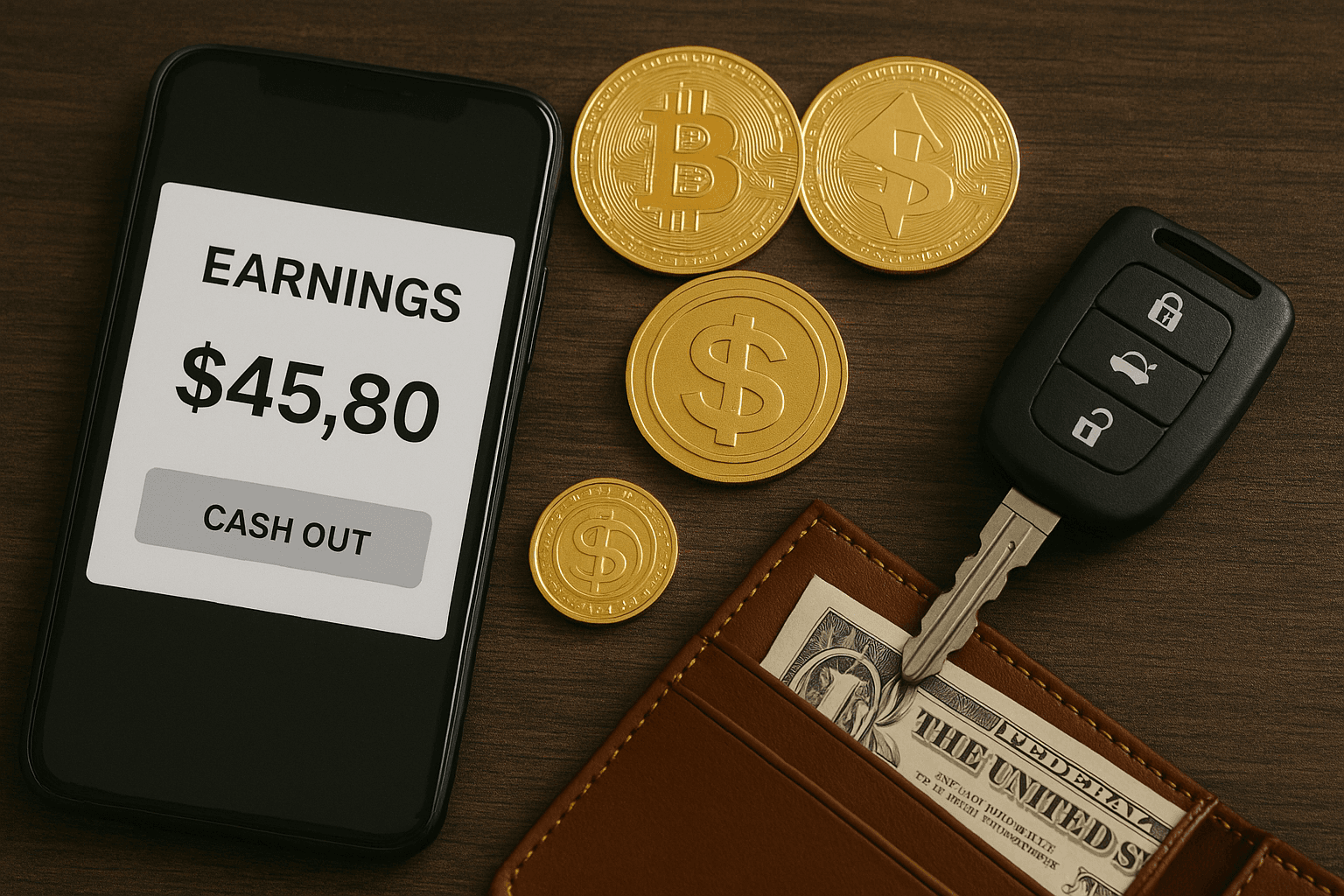The average costs of remittances to sub-Saharan Africa and South Asia stand at 7.7% and 6.2% respectively, making international money transfers one of the most expensive financial services globally. Traditional cross-border payments through SWIFT networks and correspondent banking can eat up around 6% of the amount transferred, but a revolutionary technology is changing this landscape entirely.
Stablecoins, digital currencies pegged to traditional assets like the US dollar are transforming how money moves across borders. Sending $200 from the U.S. to Colombia costs less than $.01 with stablecoins, but $12.13 on traditional rails. This dramatic cost reduction isn't just theoretical, it's happening right now, with $6 trillion or 3 percent of the estimated total $195 trillion in global cross border payments volume already flowing through stablecoin networks.
Understanding Traditional Cross-Border Payment Costs
The SWIFT Network: Multiple Fees Stack Up
Traditional international transfers rely heavily on the SWIFT (Society for Worldwide Interbank Financial Telecommunication) network, which connects over 11,000 financial institutions worldwide. However, this system comes with multiple fee layers:
Outgoing Transfer Fees: Domestic outgoing wire transfer fees average about $26 and outgoing international wire fees average $44. Banks typically charge between $15-$50 just to initiate an international wire transfer.
Correspondent Bank Fees: Correspondent banks that help send money can sometimes deduct their own fees from the sender's amount. When your bank doesn't have a direct relationship with the recipient's bank, multiple intermediary banks may each take a cut.
Foreign Exchange Markups: There's a fee of up to 3 percent of principal per wire request when dollars are converted to foreign currency. Banks typically add 2-4% markup to the mid-market exchange rate, which can be the largest hidden cost.
Receiving Bank Fees: Many banks charge $15-25 to process incoming international transfers, further reducing the amount the recipient receives.
The True Cost of Traditional Transfers
When you combine all these fees, the total cost of sending money overseas can still be pretty staggering. According to World Bank figures, the average cost of an international wire transfer can be around 6% of the amount transferred. For businesses making regular international payments, these costs quickly compound into significant operational expenses.
How Stablecoins Revolutionize Cross-Border Payments
Near-Zero Transaction Costs
Stablecoins operate on blockchain networks that dramatically reduce transaction costs. Stablecoins issued on Solana currently take only a second or two to appear in the destination wallet (and 30 seconds to become irreversible) at a fee of usually less than $0.01.
USDC tends to have lower average transaction fees of about 0.1% to 0.15% of the transaction amount, depending on the network and current congestion levels. Sometimes, USDC transfers can be completely free when using the Base network.
Eliminating Intermediaries
Unlike SWIFT transfers that may pass through multiple correspondent banks, stablecoin transactions are peer-to-peer, meaning no third-party fees. The blockchain network itself validates and settles transactions without requiring intermediary banks.
Real-Time Settlement
On-chain stablecoin transfers settle in seconds, with near-zero fees, 24/7 availability, and full transparency, compared to traditional wire transfers that can take 1-5 business days and only process during banking hours.
Stablecoin vs SWIFT: A Direct Cost Comparison
Transaction Fee Breakdown
Payment Method | Base Fee | FX Markup | Speed | Availability |
Traditional SWIFT | $15-$50 | 2-4% | 1-5 days | Business hours only |
Stablecoin Transfer | <$0.01 | 0-0.5% | Seconds | 24/7 |
Real-World Impact
The cost savings become even more dramatic at scale. Fees can be a fraction of traditional payment methods, making cross-border transfers more affordable (could cut costs by up to 80% compared to traditional methods).
For businesses processing high volumes, these savings translate to significant operational improvements. Stripe announced that they are taking a 1.5% fee on stablecoin payments, a 30% discount on the fees they charge for card payments.
The Technology Behind Low-Cost Stablecoin Transfers
Blockchain Efficiency
Stablecoins leverage blockchain technology's inherent efficiency. No single intermediary is required for two parties to transact in crypto assets. Instead, participants in a network receive small transaction fees for the computation expended to verify the validity of transactions.
Network Effects and Liquidity
Stablecoin transfer volumes reached $27.6 trillion, surpassing the combined transaction volumes of Visa and Mastercard by 7.7% in 2024. This massive volume creates deep liquidity pools that further reduce transaction costs and improve execution efficiency.
Multi-Chain Optimization
Different blockchain networks offer varying cost structures. The choice of blockchain, such as Ethereum, Tron, or Algorand, can considerably impact transaction fees. Modern stablecoin infrastructure can automatically route transactions through the most cost-effective networks.
Enterprise Adoption and Use Cases
Corporate Payment Solutions
Major corporations are embracing stablecoin infrastructure for international operations. SpaceX utilizes stablecoins to collect payments from Starlink customers in countries with underdeveloped financial systems.
Scale AI offers its overseas contractors the option to be paid in stablecoins, ensuring timely and stable-value payments regardless of local currency volatility.
Financial Institution Integration
Visa is locking arms with a pack of fintechs as it pursues development of stablecoin payments for cross-border transactions. Traditional payment networks are recognizing the efficiency gains and working to integrate stablecoin capabilities.
B2B Payment Transformation
International business payments, especially for small businesses in emerging markets, also face high fees, slow processing times, and low banking support. Stablecoins eliminate many of these friction points, enabling direct business-to-business settlements without multiple intermediaries.
Regulatory Progress Driving Adoption
The GENIUS Act and Regulatory Clarity
The regulatory landscape is rapidly evolving to support stablecoin adoption. Regulatory clarity in 2025 will drive stablecoin adoption in cross-border payments, with major frameworks now in place across key jurisdictions.
Global Regulatory Momentum
With EY projecting cross-border payment volumes to hit $290 trillion by 2030, the demand for modern, interoperable, and inclusive payment rails has never been more urgent.
Overcoming Traditional Barriers
Settlement Speed Advantages
Circle's cross-border payments solution differs from SWIFT wires powered by correspondent banking in the following ways: 24/7 settlement: USDC's instant settlement vs. SWIFT's end-of-business-day bulk settlement means that you lower your cost of capital and global liquidity needs.
Infrastructure Requirements
USDC cross-border payments can be completed with just an internet-connected device and a digital wallet, no bank account is required. This accessibility opens cross-border payments to underbanked populations and emerging markets.
The Future of Programmable Money
Beyond Cost Reduction
Modern stablecoin infrastructure offers capabilities that go beyond simple cost reduction. Programmable money enables:
Conditional transfers that execute based on specific criteria
Automated compliance with embedded regulatory data
Yield generation on funds during transit periods
Smart escrow with milestone-based releases
Companies like RebelFi are building infrastructure that transforms stablecoins from simple transfer tokens into programmable financial instruments. This next generation of stablecoin technology enables businesses to optimize their entire payment workflows, not just reduce transaction costs.
Network Effect Amplification
In the next five years, we expect this 3 percent of global cross-border payments volume to grow to 20 percent, making stablecoin payments a $60 trillion payments opportunity.
As adoption grows, network effects will further reduce costs and improve efficiency. The more participants using stablecoin networks, the more liquid and cost-effective they become.
Implementation Considerations
Choosing the Right Infrastructure
When implementing stablecoin payments, businesses should consider:
Network Selection: Network congestion affects fees for both stablecoins, but USDC typically maintains lower fees on average
Regulatory Compliance: Ensuring chosen stablecoins meet regulatory requirements in operating jurisdictions
Integration Complexity: Balancing functionality with implementation simplicity
Counterparty Adoption: Ensuring trading partners can receive and utilize stablecoin payments
Risk Management
While stablecoin transfers offer significant cost advantages, businesses must also consider:
Regulatory Evolution: Staying current with changing compliance requirements
Technology Risks: Understanding smart contract and blockchain security
Operational Integration: Training teams and updating processes
Conclusion: The Transformation is Here
The era of expensive international transfers is ending. Stablecoins have proven they can reduce cross-border payment costs from 3-6% to under 0.01%, while simultaneously improving speed, transparency, and accessibility.
Stablecoins streamline the process from end to end, whether it's a marketplace paying overseas sellers, a merchant receiving funds from tourists, or a fintech platform disbursing payouts globally.
The question is no longer whether stablecoins will disrupt traditional cross-border payments, it's how quickly businesses will adapt to capture these cost savings and operational improvements. With active stablecoin wallets increased from 19.6 million in February 2024 to over 30 million in February 2025, representing a 53% year-over-year growth, the momentum is undeniable.
For businesses looking to optimize their international payment costs, the path forward is clear: embrace stablecoin infrastructure and join the millions already benefiting from near-zero cross-border transfer fees. The future of money is programmable, instant, and borderless, and it's available today.
Ready to explore how stablecoins can reduce your international payment costs? Modern infrastructure providers are making it easier than ever to integrate programmable stablecoin payments into existing business operations.



